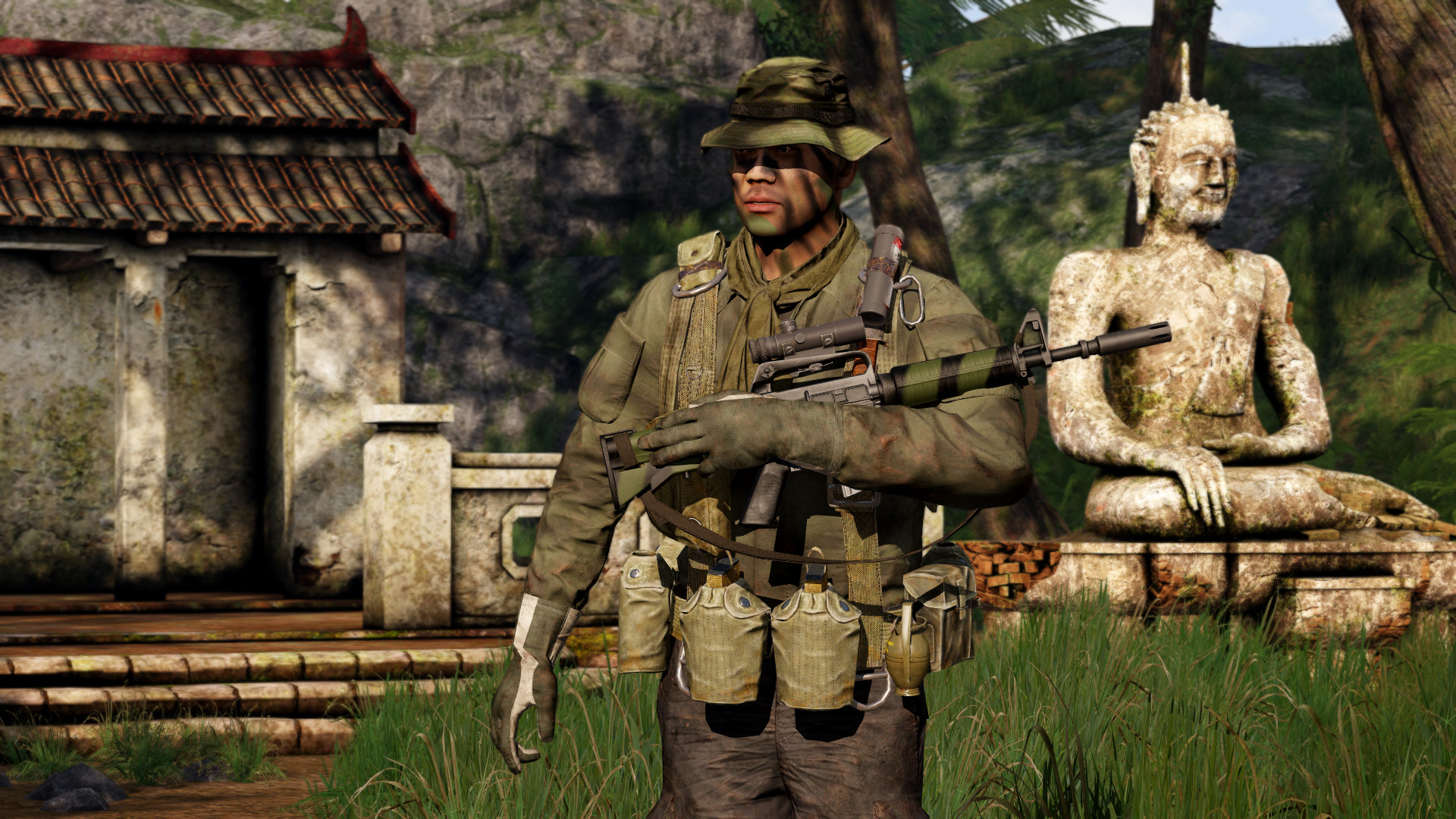


Simulation and Fitting - Fitting the model to simulations, in order to ensure we've understood the model correctly.Correlogram - Plotting a sample correlogram to visualise a models behaviour.Definition - A mathematical definition to reduce ambiguity.Rationale - Why are we interested in this particular model?.If you've read Part 1 and Part 2 you will have seen that we tend to follow a pattern for our analysis of a time series model. These models will form the basis for trading signals and risk management techniques. Ultimately this will lead us to the ARIMA and GARCH models that will allow us to predict asset returns and forecast volatility. Now it is time to combine them to produce a more sophisticated model. We've introduced Autoregressive models and Moving Average models in the two previous articles. This is the third and final post in the mini-series on Autoregressive Moving Average (ARMA) models for time series analysis.


 0 kommentar(er)
0 kommentar(er)
